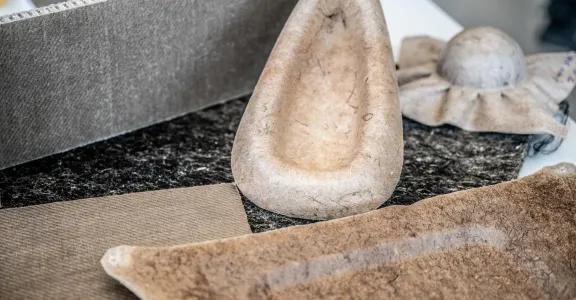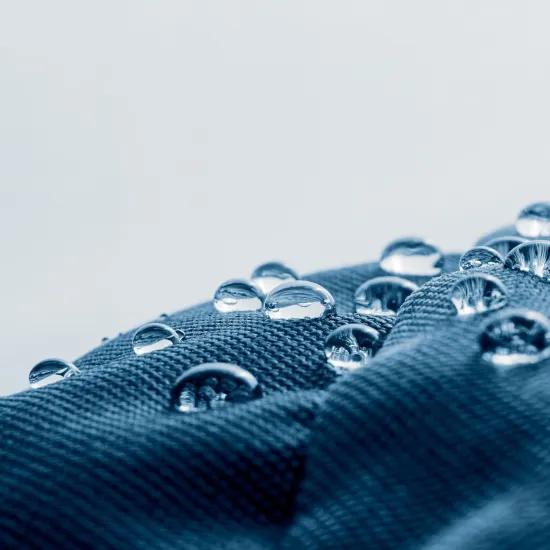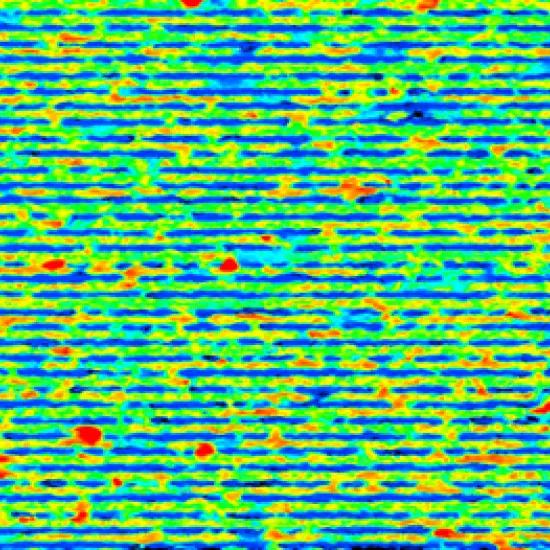You can approach sustainability by focusing on the physical aspect of durability or by focusing on the (ecological) systems and processes with the lowest possible environmental impact or even positive and regenerative impact. This article discusses what sustainability means for biocomposites, what the opportunities are for reducing the environmental impact of a product and what focal points we need to work on to achieve a truly sustainable product.
Composite products typically have a long lifespan and are therefore sustainable in the context of 'durability'. In this way, a composite product can contribute to reducing the environmental impact, but this does not necessarily mean that a composite product is also sustainable.
A 100% sustainable product has the following characteristics:
- It is constructed from biological (renewable) materials that do not cause disruption in the food chain. It can also be composed of non-renewable materials that are already in circulation.
- It does not cause environmental stress in production, during and after use (energy and ecosystem) and possibly shows regenerative characteristics where the material can serve as a nutrient, forms a substrate or otherwise contributes to growth for new crops or raw materials.
Many products score poorly on these characteristics during the production phase, although some can make up for this with a positive score during the use phase. A typical example of composite products with a very good score during the use phase are wind turbines. Despite their low score during the production phase and end-of-life challenges, the overall environmental impact of wind turbines is rather positive and therefore rather sustainable due to the positive impact during the use phase.
Potential of biocomposites for low environmental impact
Biocomposites have the potential to be sustainable because of the use of biological (renewable) materials, with the caveat that these materials should cause as little disruption as possible in the food chain. Not all biocomposite products are one-to-one substitutes in comparison of products from synthetic composites. In a good sustainability comparison, it is therefore important to take also expected lifetime and expected (re)use after the first product cycle into account for the use phase. This is product and application dependent.
Weight reduction in transport applications can give the use phase a positive impact. As a result, when using plant fibres with high specific stiffness, biocomposites can also offer an advantage during the use phase of the product compared to, for example, conventional fibreglass composites.
Also during the end-of-life phase, biocomposites show some additional potential with advantages over synthetic composites. If a composite product is incinerated with energy recovery during end-of-life, energy can be extracted from natural fibres, which is not the case with glass fibres. In addition, the carbon released is not of fossil origin and therefore does not contribute to carbon growth in the cycle. In addition industrial biodegradation could also possible for biocomposites with biomass as a result. However, recycling with separation of fibre and matrix seems to have more potential for conventional composites. Research is still needed to improve the feasibility of recycling for both synthetic and biocomposites.
Focal points during design phase towards sustainable product
The sustainability of biocomposites compared to conventional composites is product-dependent. To make optimal use of the potential of biocomposites, it is important to take the following points of attention into account for your product, starting from the design phase:
- Use of renewable materials that do not disrupt the food chain or non-renewable materials that are already in circulation,
- Lightweight design for transport applications,
- Reduction of material use,
- Long life cycle, by exploring opportunities for: repair, re-purposing,
-
End-of-life solution, by exploring opportunities for: recycling, reuse, repurposing
When increasing the sustainability of a product, work can be done on each of these points. There is no set order for working on these points, but it is essential to score well on each of them, in order to speak of a truly sustainable product.
This article is based on an earlier publication in which we explored what sustainability actually is.
|




